Hydrangeas: The Ultimate Online Guide
Hydrangeas: The Ultimate Online Guide
Hydrangeas are some of the most popular flowering shrubs in the world. They are known for their large, showy blooms that come in a variety of colors, including blue, pink, purple, and white. Hydrangeas are relatively easy to care for and can add a touch of beauty to any garden.
In this blog post, we will provide an ultimate online guide to hydrangeas. We will cover everything you need to know about hydrangeas, from choosing the right type for your garden to caring for them properly.
Choosing the Right Hydrangea
There are many different types of hydrangeas available, so it is important to choose the right one for your garden. Some factors to consider include the size of your garden, the amount of sunlight your garden receives, and the desired color of the blooms.
If you have a small garden, you may want to choose a dwarf hydrangea variety. These varieties typically grow no more than 3 feet tall. If you have a larger garden, you can choose a standard hydrangea variety. These varieties can grow up to 6 feet tall.
Hydrangeas need at least 6 hours of sunlight per day to flower well. If your garden does not receive enough sunlight, you may want to choose a shade-tolerant hydrangea variety.
The color of hydrangea blooms can be affected by the pH of the soil. In alkaline soils, hydrangea blooms will be blue. In acidic soils, hydrangea blooms will be pink. If you want to change the color of your hydrangea blooms, you can adjust the pH of the soil.
Planting Hydrangeas
The best time to plant hydrangeas is in the spring or fall. When planting hydrangeas, it is important to dig a hole that is twice as wide as the root ball of the plant. The hole should also be deep enough so that the top of the root ball is level with the surrounding soil.
After planting the hydrangea, water it deeply. You should water hydrangeas regularly, especially during the first year after planting. Hydrangeas also benefit from a layer of mulch around the base of the plant. Mulch helps to retain moisture and suppress weeds.
Caring for Hydrangeas
Hydrangeas are relatively low-maintenance plants. However, there are a few things you can do to keep them healthy and thriving.
Water hydrangeas regularly, especially during hot, dry weather. Hydrangeas also benefit from a layer of mulch around the base of the plant. Mulch helps to retain moisture and suppress weeds.
Feed hydrangeas with a balanced fertilizer in the spring. You can also use an acidic fertilizer to help keep the blooms blue.
Deadhead hydrangea blooms regularly. This will encourage new blooms to form.
Prune hydrangeas in the spring, after the last frost. You can prune hydrangeas to maintain their size or shape.
Troubleshooting Hydrangea Problems
Hydrangeas are generally healthy plants, but they can be susceptible to a few problems.
One common problem is leaf scorch. Leaf scorch is caused by too much sunlight or heat. If your hydrangeas are suffering from leaf scorch, move them to a shadier location.
Another common problem is powdery mildew. Powdery mildew is a fungal disease that causes white, powdery spots on the leaves. If your hydrangeas have powdery mildew, you can treat it with a fungicide.
Conclusion
Hydrangeas are beautiful and easy-to-care-for plants that can add a touch of elegance to any garden. With a little care and attention, you can enjoy hydrangea blooms for many years to come.
Hydrangeas are beautiful flowering shrubs that can add a touch of elegance to any garden. If you're thinking about adding hydrangeas to your own yard, is a great resource for more information.
offers a wide variety of hydrangeas for sale, from small, compact varieties to large, cascading shrubs. They also have a helpful blog with articles on everything from hydrangea care to hydrangea pruning.
If you're not sure which type of hydrangea is right for you, can help you choose the perfect plant for your needs. Their knowledgeable staff is always happy to answer your questions and help you find the perfect hydrangea for your garden.
In addition to selling hydrangeas, also offers a variety of other gardening products and services. You can find everything you need to care for your hydrangeas, from fertilizer to insect repellent.
is the perfect place to find everything you need for your hydrangeas. Whether you're a beginner or a seasoned gardener, they have the resources you need to grow beautiful hydrangeas.
FAQ of hydrangea online
Here are the 5 most frequently asked questions about hydrangeas online, along with valuable insights and solutions:
- What are the different types of hydrangeas?
There are over 70 species of hydrangeas, and they come in a wide variety of colors, sizes, and shapes. Some of the most popular types of hydrangeas include:
- Bigleaf hydrangea (Hydrangea macrophylla): These hydrangeas have large, showy blooms that can be blue, pink, or white. They are a popular choice for gardens in temperate climates.
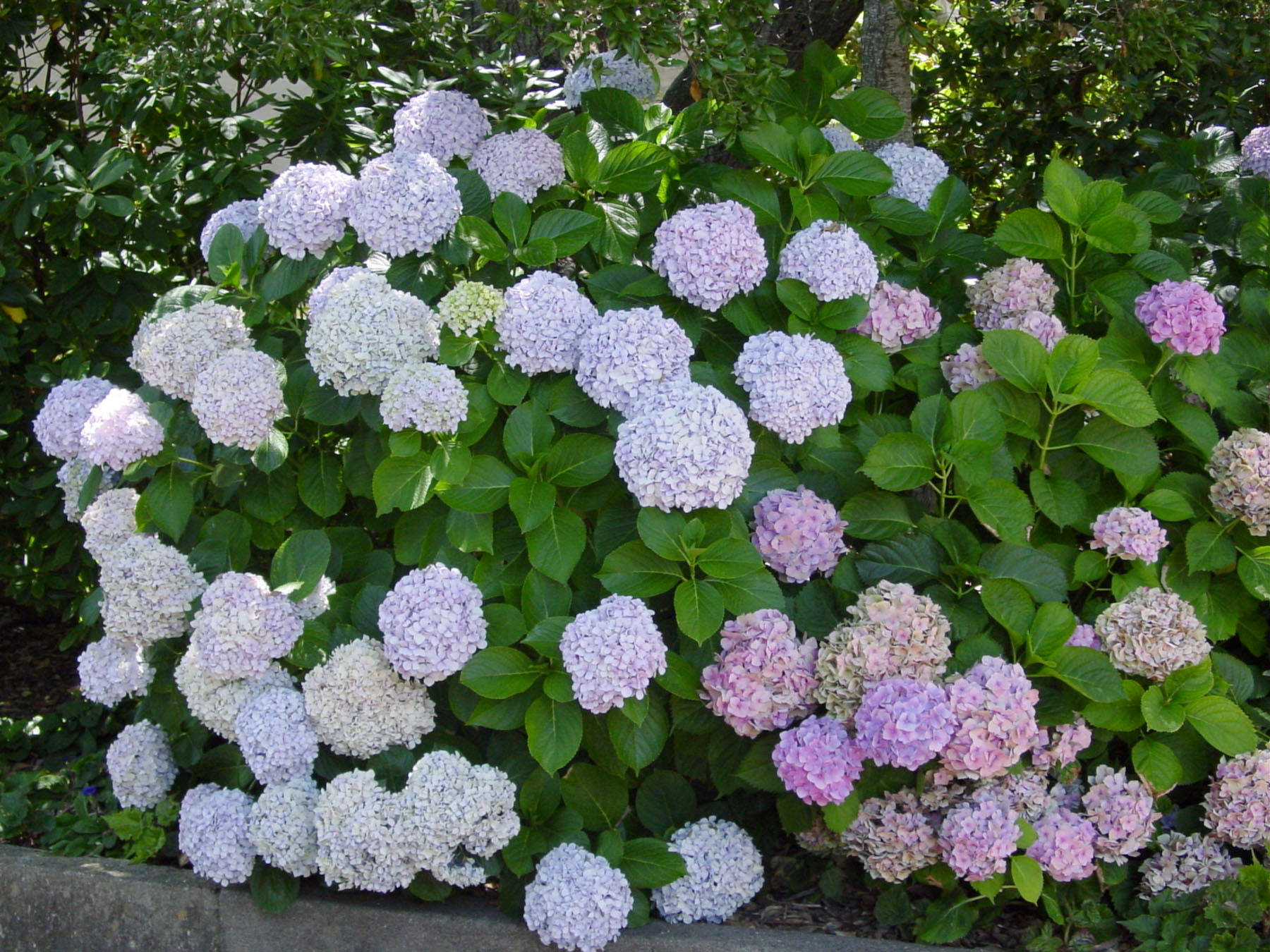
- Mophead hydrangea (Hydrangea macrophylla var. macrocarpa): These hydrangeas have large, rounded flower heads that are made up of many small florets. They are a popular choice for gardens in temperate climates.

- Peegee hydrangea (Hydrangea paniculata): These hydrangeas have tall, narrow flower panicles that can reach up to 6 feet in height. They are a popular choice for gardens in temperate climates.
- Smooth hydrangea (Hydrangea arborescens): These hydrangeas have smaller, white flowers that bloom in the summer. They are a hardy plant that can tolerate a wide range of climates.
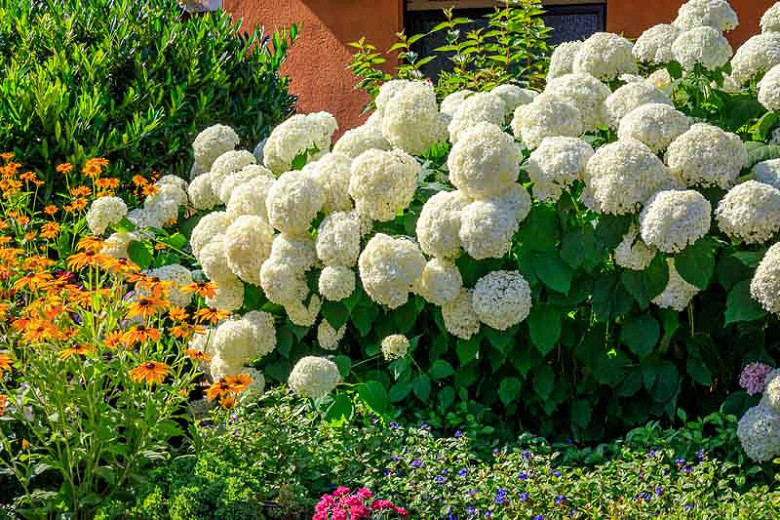
- Oakleaf hydrangea (Hydrangea quercifolia): These hydrangeas have large, oak-shaped leaves and white flowers that bloom in the summer. They are a hardy plant that can tolerate a wide range of climates.
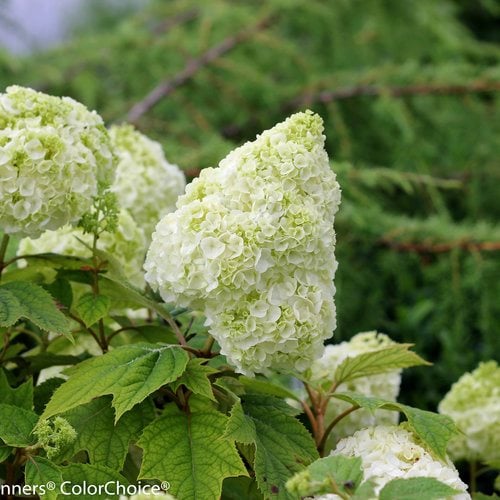
- How do I care for hydrangeas?
Hydrangeas are relatively easy to care for, but they do need some specific conditions in order to thrive. Here are some tips for caring for hydrangeas:
- Plant hydrangeas in well-drained soil in a location that receives full sun or partial shade.
- Water hydrangeas regularly, especially during hot, dry weather.
- Fertilize hydrangeas once a year in the spring with a balanced fertilizer.
- Deadhead spent flowers to encourage new blooms.
- Protect hydrangeas from frost in the winter.
- Why are my hydrangeas not blooming?
There are a few reasons why hydrangeas might not be blooming. Here are some of the most common reasons:
- The plant is not getting enough sunlight. Hydrangeas need at least 6 hours of sunlight per day to bloom.
- The plant is not getting enough water. Hydrangeas need to be watered regularly, especially during hot, dry weather.
- The plant is not getting enough fertilizer. Hydrangeas need to be fertilized once a year in the spring with a balanced fertilizer.
- The plant is not getting enough cold weather. Some types of hydrangeas, such as bigleaf hydrangeas, need a certain amount of cold weather in order to bloom.
- How do I change the color of my hydrangeas?
The color of hydrangea blooms is determined by the acidity of the soil. In alkaline soil, hydrangeas will bloom blue. In acidic soil, hydrangeas will bloom pink. You can change the color of your hydrangeas by adjusting the pH of the soil.
To make the soil more acidic, you can add peat moss or sulfur to the soil. To make the soil more alkaline, you can add lime to the soil.
It is important to note that it may take several years for the color of your hydrangeas to change after you adjust the pH of the soil.
- Are hydrangeas poisonous?
Some parts of hydrangeas, including the leaves, flowers, and roots, are poisonous to humans and animals. If ingested, hydrangeas can cause nausea, vomiting, diarrhea, and other symptoms.
If you think you or someone you know has ingested hydrangeas, it is important to seek medical attention immediately.
Image of hydrangea online
5 different images of hydrangeas from Pinterest:
- Hydrangea macrophylla is a popular type of hydrangea that is known for its large, colorful flowers. This image shows a white hydrangea macrophylla in full bloom.
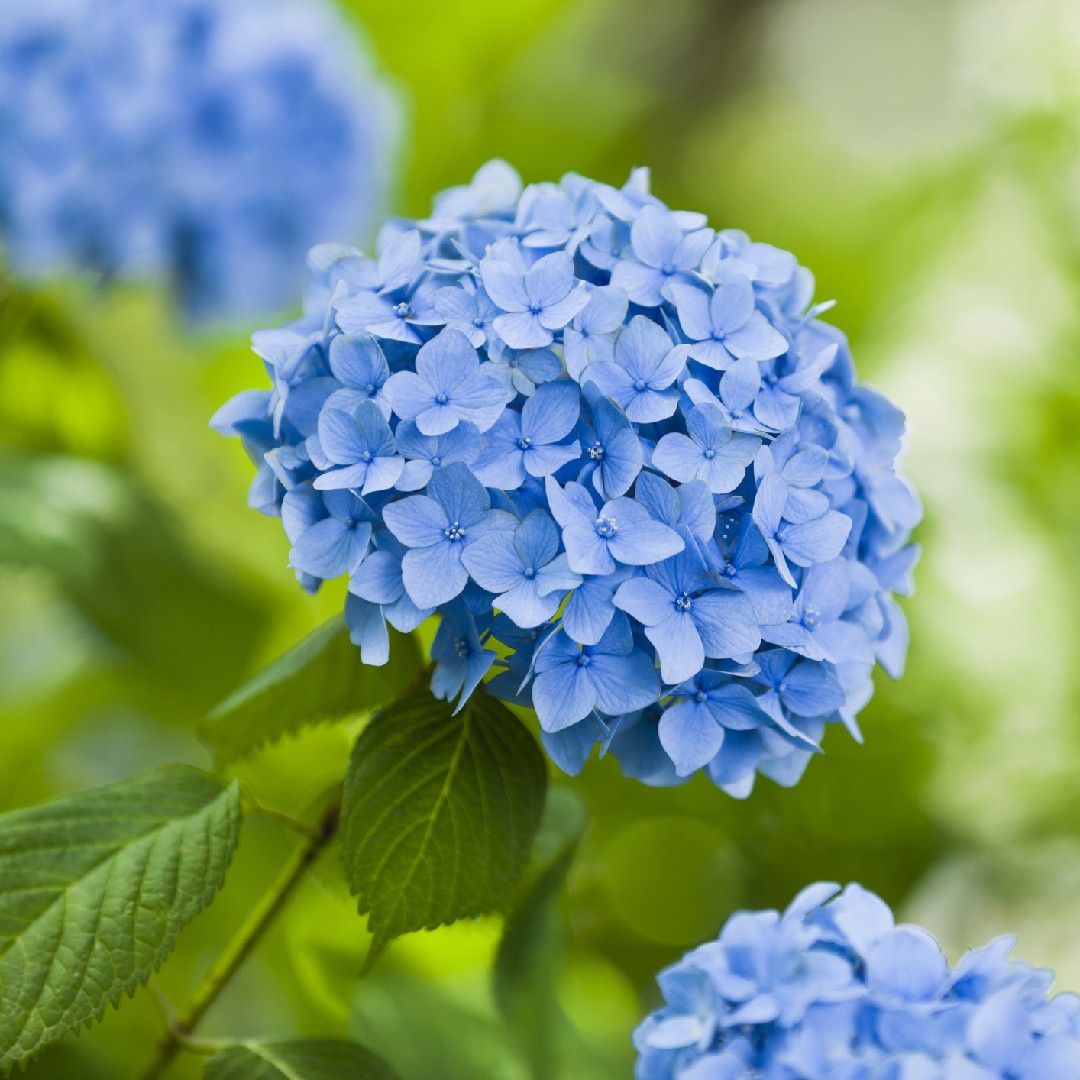
- Hydrangea paniculata is another popular type of hydrangea that is known for its large, cone-shaped flowers. This image shows a pink hydrangea paniculata in full bloom.

- Hydrangea arborescens is a type of hydrangea that is native to North America. This image shows a blue hydrangea arborescens in full bloom.

- Hydrangea serrata is a type of hydrangea that is known for its small, delicate flowers. This image shows a white hydrangea serrata in full bloom.

- Hydrangea petiolaris is a type of hydrangea that is known for its cascading flowers. This image shows a white hydrangea petiolaris cascading down a tree.
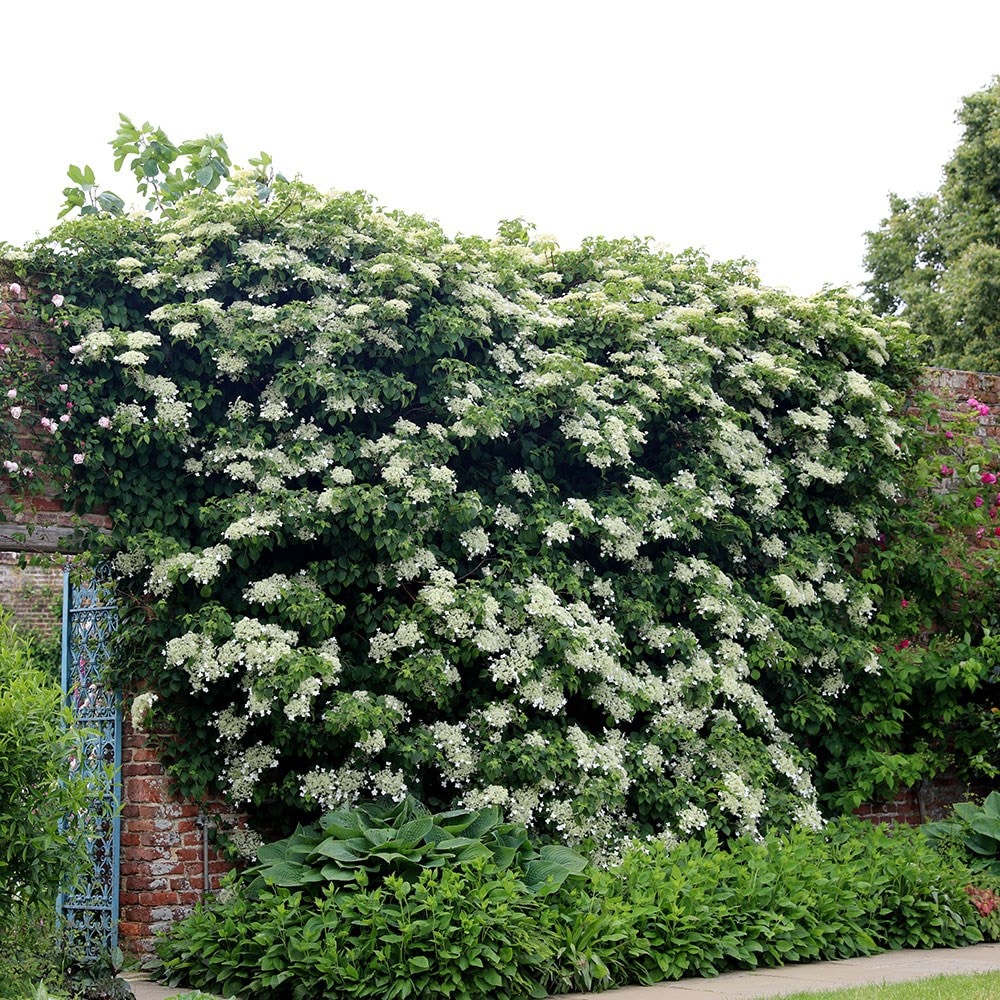
Post a Comment for "Hydrangeas: The Ultimate Online Guide"